As Magyar Nemzet has highlighted in an earlier piece, a reader in Sweden shared with the Hungarian Mandiner portal a video compilation shown to 8th graders in Sweden's public education institutions since 2019. Swedish teachers are using the video in their social studies classes to teach future generations about Hungary.
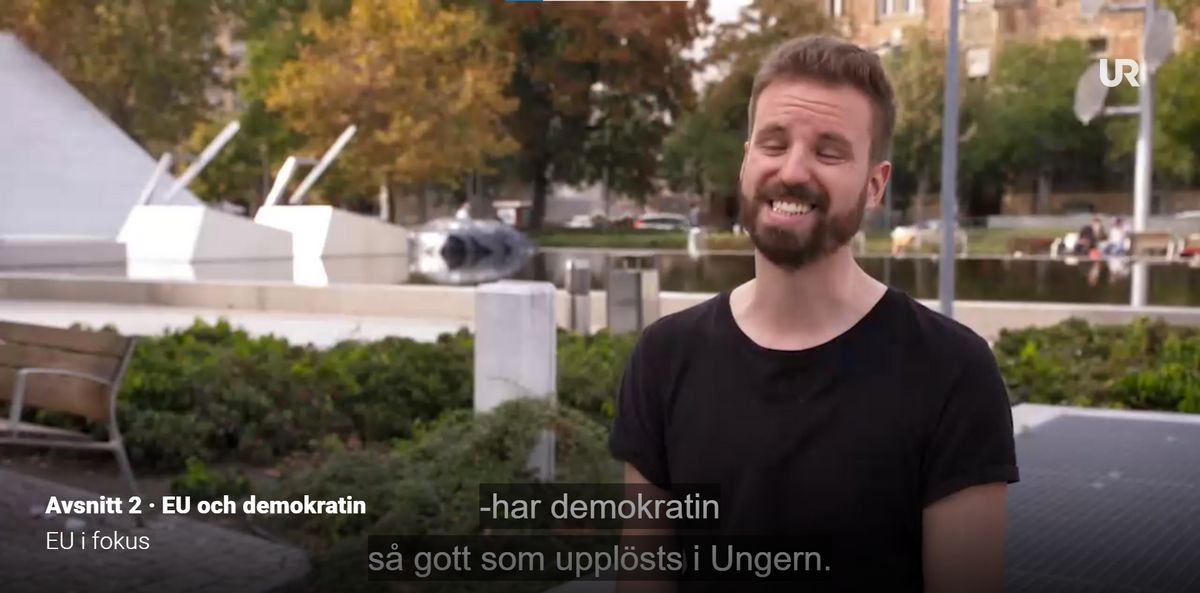
The 10-minute, 40-second film for the discussion of the topic "The EU and Democracy" begins with Marton Gulyas claiming that democracy has been slowly disappearing in Hungary since 2010. The narrator then explains that the government is restricting freedom of the press, freedom of speech and even abolishing gender studies. Commenting his words, a former Swedish MEP said that these actions meant the last straw, and that PM Viktor Orban had crossed the line.
Who is Marton Gulyas?
In response to the case, the Origo news portal has published an article on Marton Gulyas. According to the portal, Gulyas is the third child of a middle-class family, and his father is documentary film director Gyula Gulyas. Marton was admitted to the Hungarian University of Theatre and Film Arts, but did not graduate, spending a total of four months at the institution.
He did not meet the requirements. He was expelled. He explained it by saying that he had a bad relationship with the teachers because of his too radical thinking.
He failed as an artist, but he did not reject public money. In 2008, together with the Kretakor theatre group, he received 120 million forints from former prime minister Ferenc Gyurcsany's government – at that time, of course he did not consider state support unacceptable. Gulyas became politically active in 2012. He spoke at a demonstration organized by the far-left pseudo-civil society organization Hallgatoi Halozat (Student Network). Then, in May 2013, at the premiere of a ballet theatre production by renowned Hungarian dancer Ivan Marko, he interrupted the applause with shouts of protest against state subsidies.
Has Marton Gulyas been sentenced?
In August 2015, he attracted attention for disrupting an exhibition of the Hungarian pavilion at the Venice Biennale. The Gulyas family also aggressively protested against the construction of the border fence by the Hungarian government, forcing the Italian police to intervene. In 2017, Marton Gulyas poured paint on the Sandor Palace, the residence of the Hungarian president, for which he was sentenced to 300 hours of community service.
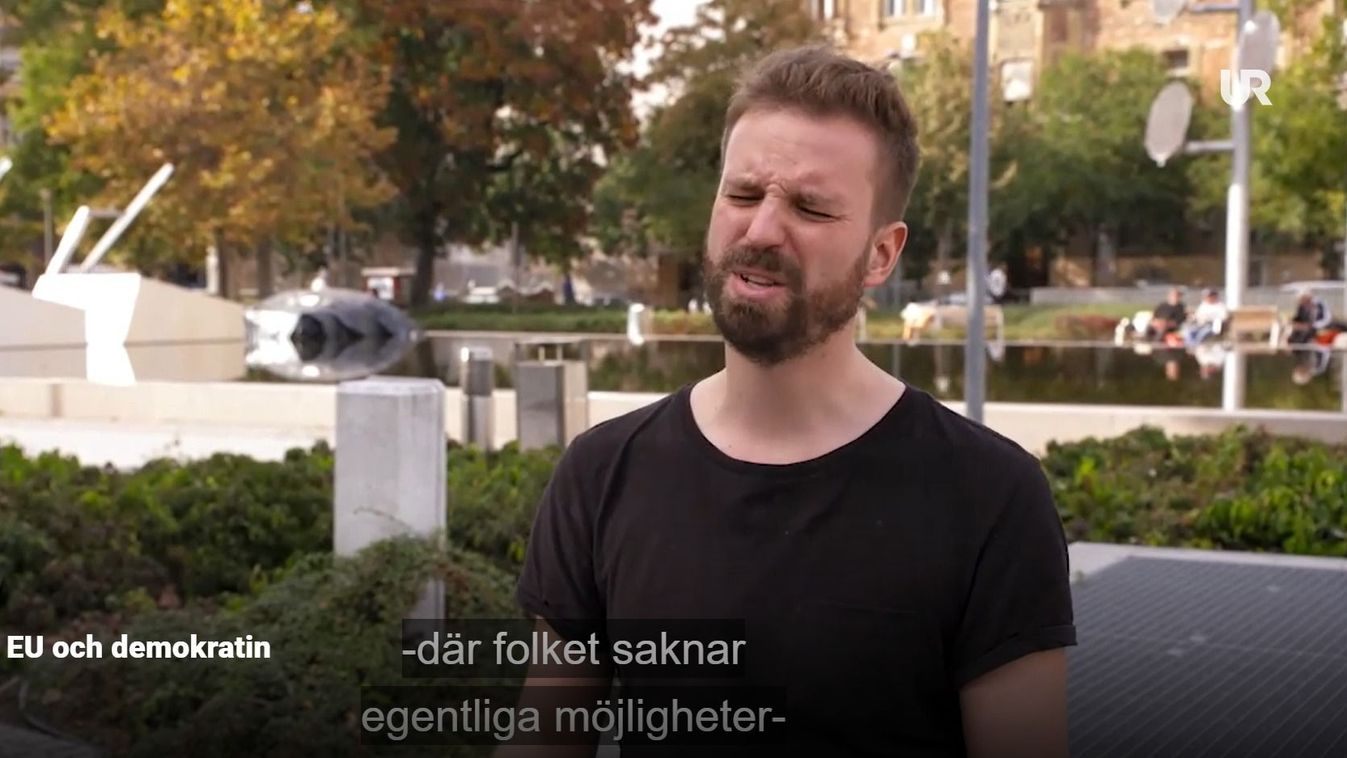
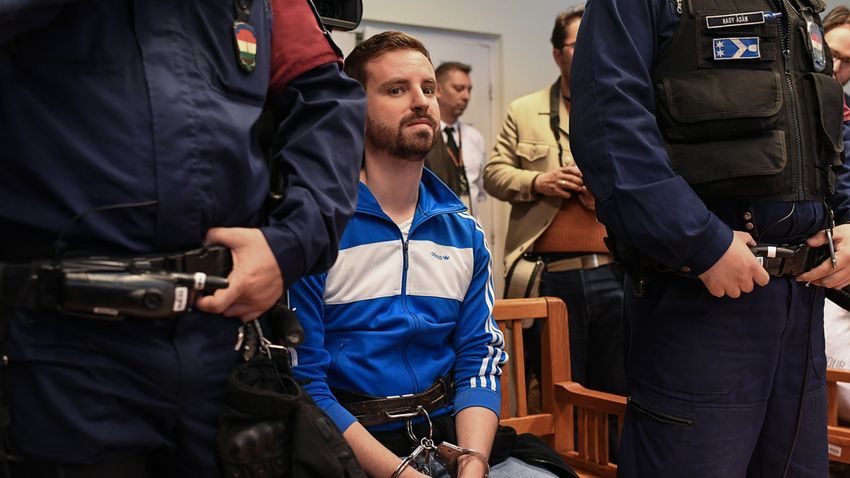

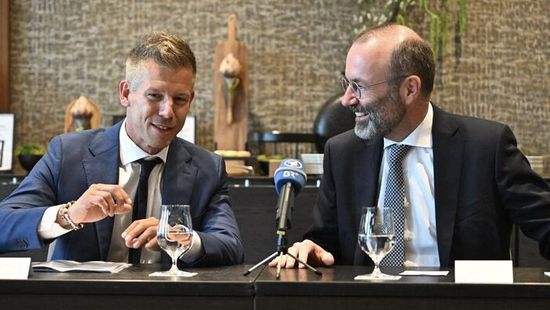
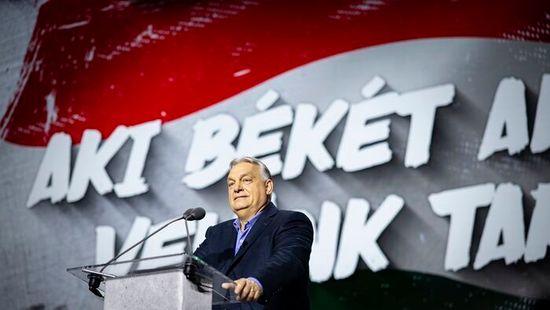





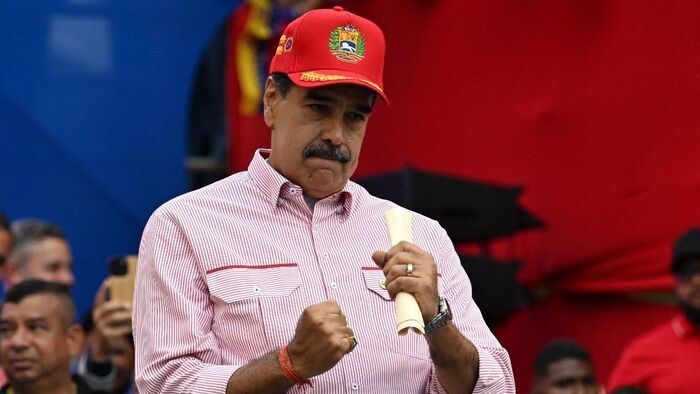

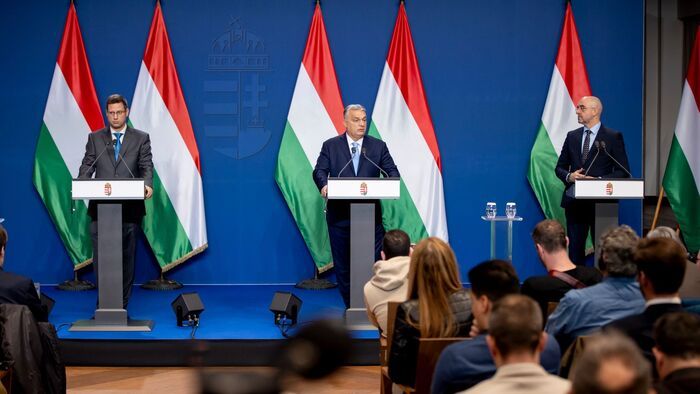

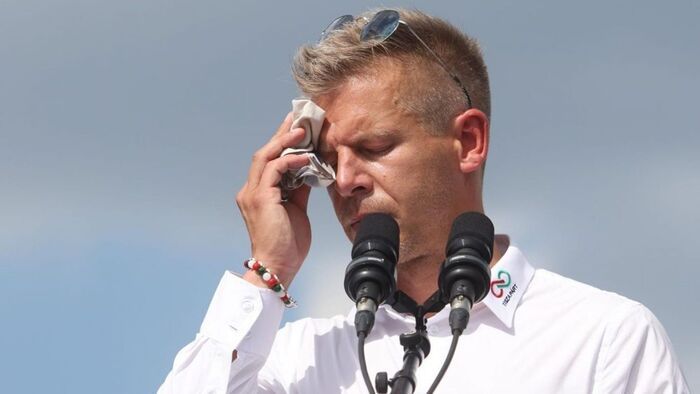
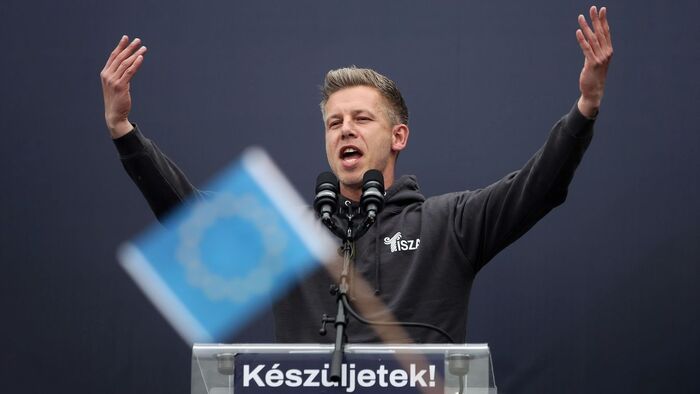






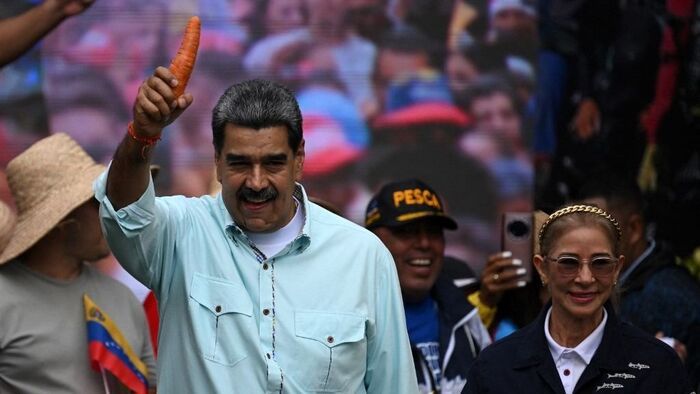

Szóljon hozzá!
Jelenleg csak a hozzászólások egy kis részét látja. Hozzászóláshoz és a további kommentek megtekintéséhez lépjen be, vagy regisztráljon!